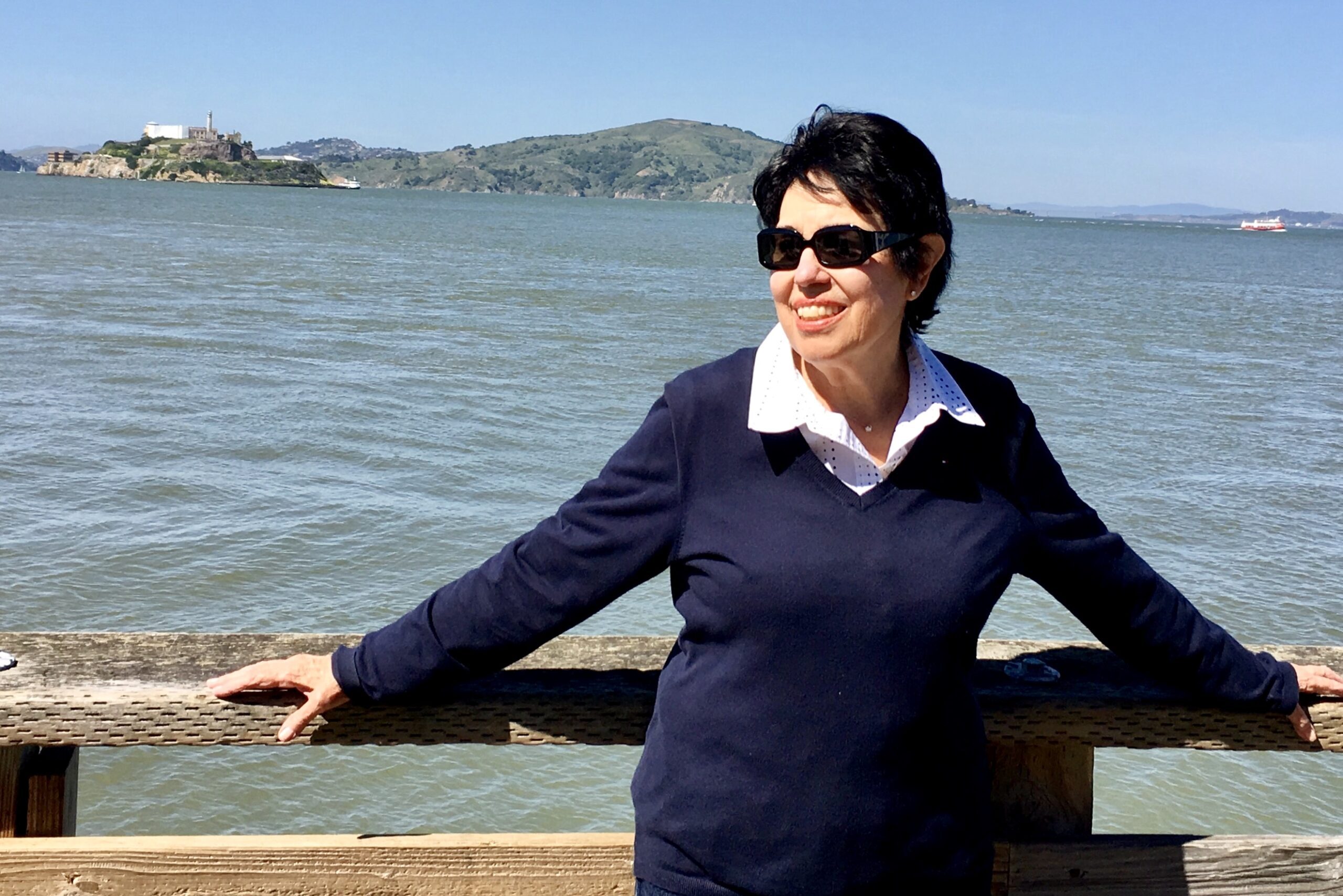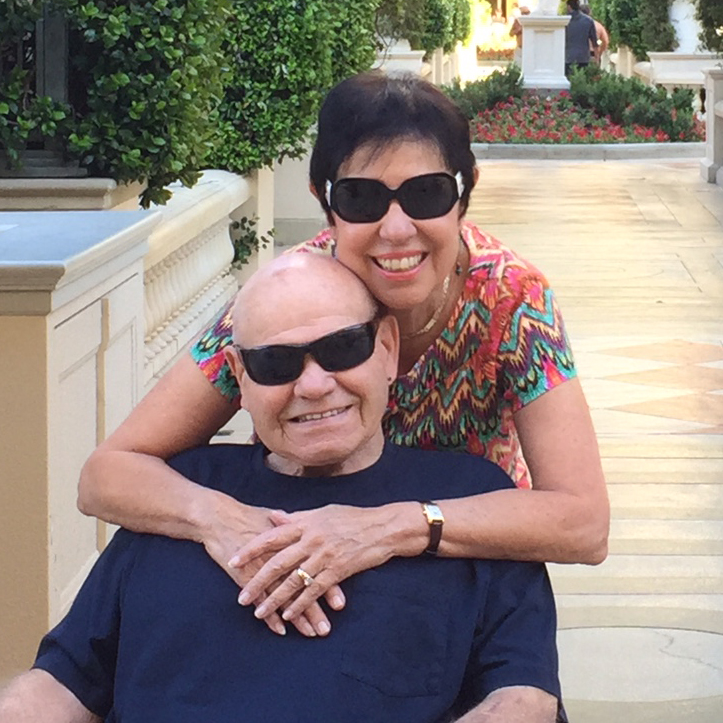Lung cancer at a glance
- Lung cancer occurs when cells grow out of control in the lung(s) becoming cancerous, often forming malignant tumors.
- According to the American Cancer Society, doctors annually diagnose more than 230,000 Americans with lung cancer, which is the leading cause of death by any cancer.
- Tobacco smoking is the most common cause.
- The two most common types are small cell and non-small cell lung cancer, which require different treatments.
- Symptoms, listed below, often don’t appear until later stages, but patients should be on the lookout for them, as early detection can increase treatment success.
- Although lung cancer is usually not curable, oncologists have made great progress in the use of genetic diagnostic tools and in certain immunotherapies, helping make treatments safer and more effective with fewer side effects.
Lung cancer
Lung cancer is an uncontrolled growth of abnormal cells in one or both lungs. These cells can form tumors and inhibit normal breathing and delivery of oxygen to the body through the flow of blood.
There are two common types of lung cancer, named for how the cancer cells look under a microscope:
- Small cell lung cancer affects about 1 of every 8 people diagnosed with the disease.
- Non-small cell lung cancer occurs more commonly. This form doesn’t grow and spread as fast as the small cell variety and involves different treatment. The three primary types of non-small cell lung cancer, designated according to the type of cells found in the cancer, are squamous cell carcinoma, large cell carcinoma and adenocarcinoma.
Lung cancer can be primary or secondary. Primary lung cancer begins in the lungs. Secondary lung cancer means the cancer originated elsewhere in the body and traveled, or metastasized, to the lungs.
Metastatic lung cancer breaks away from the original or primary tumor and travels to other parts of the body through blood vessels or lymph vessels that carry lymph, a fluid that helps fight infections throughout the body. The same cells can then attach to other tissues and grow new tumors.
Symptoms
The symptoms of lung cancer can take years to develop. Sometimes they don’t appear until the late stages of the disease. However, more benign problems such as bronchitis may present what appear as lung cancer symptoms.
Nonetheless, anyone noticing these signs should see a doctor promptly. Early detection can make all the difference in the success of diagnosis and treatment of lung cancer, as well as with other diseases.
Oncologists categorize symptoms of lung cancer according to primary, meaning it started in the lungs, and secondary, meaning it moved to the lungs after originating in another part of the body.

Rewriting the Cancer Story
Still Savoring Life After Stage 4 Lung Cancer
cCARE patient Carole Berwick gives an update on her stage 4 lung cancer journey five years after receiving a 3-month life expectancy from another clinic.
Read MoreSymptoms of lung cancer in the chest
- Persistent and intense coughing
- Shortness of breath
- Harsh sounds with each breath
- Coughing up blood, phlegm and/or mucus
- Chest pain, shoulder pain or back pain unrelated to coughing
- Hoarseness or changes in the voice
- A change in the color or volume of sputum (saliva and mucus)
- Recurring bronchitis, pneumonia or other lung problems.
Symptoms of lung cancer elsewhere in the body
- Unexplained weight loss
- Fatigue and general weakness
- Loss of appetite
- Blood clots
- Memory loss, unsteady walking or other neurological (related to the nervous system) symptoms
- Cachexia, also known as muscle wasting, characterized by a loss of weight, muscle atrophy, fatigue, weakness and significant loss of appetite
- Headaches
- Bleeding
- Neck and/or facial swelling.
Lung cancer treatments
Treatments vary depending on the type of cancer, non-small cell or small cell lung cancer. Oncologists refine and combine these treatments, and some are only available through clinical trials.
Non-small cell lung cancer treatments are used more frequently, as this type accounts for about 85 percent of all lung cancers, according to the American Cancer Society. Primary forms of non-small cell lung cancer treatment include surgery, chemotherapy and radiation, with these additional options:
- Targeted therapy (see below)
- Photodynamic therapy (combines drugs and a particular type of light)
- Laser therapy (laser beams kill cancer cells)
- Electrocautery (an electrically heated needle that destroys cancer cells)
- Cyrosurgery (flash freezing destroys tissue)
- Watchful waiting.
Small cell lung cancer treatments include surgery, chemotherapy, radiation, laser therapy and endoscopic stent placement. This treatment utilizes an endoscope, a thin tube with a light and camera that shows images of the tissue on a video monitor. The oncologist can use the endoscope to place a stent (a small mesh tube) that can open an airway obstructed by cancerous tissue.
Details on the common treatments used for cases of non-small cell and small cell lung cancer follow.
Surgery is often a good choice for treating early-stage cancer. Typically, a surgeon removes some or all the lobe of the lung containing the cancer in a procedure called a lobectomy. The surgeon also removes nearby lymph nodes.
After surgery, recovery involves draining fluid from the lung through a tube, as well as coughing and breathing exercises several times a day. Weeklong hospital stays are common, and it often takes weeks before returning to normal activities.
Risks of surgery include reaction to anesthesia, damage to organs or tissue, blood loss and infection.
Radiation therapy is sometimes an alternative to surgery for people with early-stage lung cancer, or it used in combination with surgery. In the therapy, a technician aims radiation at the tumor(s) in order to kill the cancer cells. Treatments usually last less than 20 minutes each and take place five days a week for about six weeks.
The therapy is painless but frequently causes side effects including fatigue, sore throat, darkened skin, coughing and shortness of breath, among others.
Chemotherapy uses potent drugs to kill cancer cells, usually delivered through a needle into a vein (called intravenous injection). Side effects vary widely, depending on the type of chemotherapy. They can include hair loss, loss of appetite, nausea, vomiting, diarrhea, mouth sores, hearing loss, joint pain and tingling or numbness in the hands and feet.
Targeted therapy can be an option for treating non-small-cell lung cancer. This kind of therapy uses special drugs placed in the bloodstream to treat cancer cells throughout the body. A patient takes drugs either in pill form or through an intravenous injection.
Side effects may include vomiting, a skin rash, mouth sores, diarrhea, fatigue, abdominal pain, high blood pressure, shortness of breath and swollen feet and hands. Side effects usually dissipate after treatment.
Immunotherapy is a new and emerging form of therapy for certain lung cancers. In March 2015 the U.S. Food and Drug Administration (FDA) approved an immunotherapy called nivolumab (Opdivo) for the treatment of metastatic squamous non-small cell lung cancer.
Generally, immunotherapy works by utilizing the body’s own immunological system to fight disease. Although this approach is still in early stages, other immunological immunotherapies have shown promise in development. Time will tell which will go on to become effective treatments for patients on a widespread basis.

Rewriting the Cancer Story
Lung Cancer Treatment Prolongs Carole's Life & Gives Her Hope
Carole Berwick received a life-altering lung cancer diagnosis and was given just months to live. Then she started lung cancer treatment with Dr. Lamon at cCARE - a year ago.
Read MoreLung cancer diagnosis and testing
Sometimes the first sign of lung cancer appears unexpectedly in a screening procedure for another health condition. A doctor may detect abnormalities appearing on an imaging scan being conducted for an unrelated reason and subsequently order a biopsy of the abnormal area.
After a diagnosis of lung cancer, a patient may undergo staging tests to show the extent of the disease and whether it has metastasized.
Is lung cancer curable?
For most patients, current treatments only help abate the disease and do not cure it. However, oncologists are making great progress. Though still low, the five-year survival rate has more than doubled in the last half-century, according to the National Institutes of Health.
At the same time, lung cancer treatments represent some of the greatest strides that scientists and doctors are making in healthcare today. One area involves the genetic makeup of lung cancer cells. Through genetic tests, doctors can better identify tumor types and prescribe more targeted treatments. Immunotherapy holds great promise. Recent advances in these fields make lung cancer treatment safer and more effective, with fewer side effects.
Oncologists at California Cancer Associates for Excellence & Research often test new versions of treatments for lung cancer in clinical trials. Many are open to new patients.
Dr. Lamon discusses the importance of lung cancer screening
